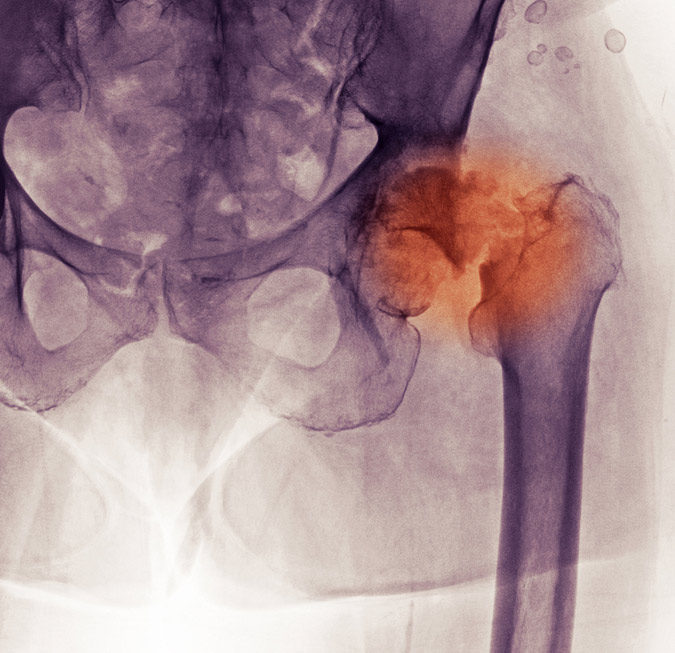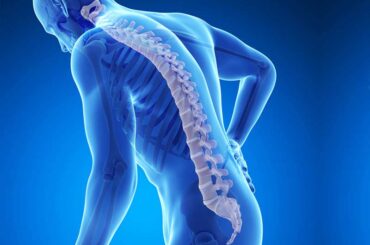The hip joint consists of two main bones; the femur or thigh bone and the pelvis. The joint itself consists of a portion of the femur known as the femoral head (a “ball” shaped piece of bone) which fits into the “socket” of the pelvis known as the acetabulum and in this manner connects the leg to the rest of the body.
The ball and socket that make up the joint are separated by a spongy cartilage and synovial fluid which serve to lubricate the joint. All of these components, properly functioning, are important to our normal day to day activities.
Common Causes of Hip Pain:
- Osteoarthritis
- Rheumatoid arthritis
- Post-traumatic arthritis
- Avascular necrosis
- Childhood hip disease
Hip bone deterioration, arthritis, inflammation that may be caused by previous injury, damage, and overall wear and tear of the joint lead to pain and rough surfaces within the joint. Damage occurs at the junction of the femoral head (ball) and acetabulum (socket). This can cause a difficulty or in some cases an inability to walk. There are alternative approaches that can be taken to help with the pain and joint stiffness. Discuss with your doctor different options that may help to reduce the pain and decide on what options and course of therapy is right for you.
Before proceeding with surgery you may determine that one of the following alternative treatments may be helpful:
- Pain medication such as Ibuprofen or aspirin to help with the inflammation in the joint
- Physical therapy under the supervision of a licensed physical therapist along with your doctors direction will help with mobility of the joint
- Use of an aid such as a cane or walker may become necessary to move around to allow reduction of the swelling and relieve stress on the joint.
- Steroid injection at the site to help pain and reduce the inflammation
- Losing weight for overweight patients will help to reduce the pressure and stress on the joint.
When conventional approaches like physical therapy do not work or they are not enough to reduce the pain in the joint, hip resurfacing or hip replacement (also known as hip arthroplasty) is an option.
Replacement vs. Resurfacing
Your orthopedic surgeon can determine which hip implant will offer the most benefit and least risk for each patient. Hip surgery may involve total hip replacement or it may involve hip resurfacing.
During total hip replacement surgery, the surgeon must create a new joint. The damaged portions of the hip joint are removed and the femoral head is replaced with either the metal or ceramic prosthetic ball of the implant device, and the socket (acetabulum) is replaced with a prosthetic cup. The cup can consist of one or two components made of metal, ceramic or plastic. A stem is also placed in the femur to support the femoral head. This procedure can be performed with cement to secure the implant in place, cementless, where the design of the implant allows new bone to grow into the implant, or a hybrid of both procedures. All three depend on the surfaces the surgeon has to work with, the particular patients’ needs and have their advantages and disadvantages.
If only one component of the hip is damaged or worn, partial hip replacement may also be an option depending on the extent of injury to the joint.
During hip resurfacing surgery the femoral head is trimmed and capped with a metal covering. Any damaged bone and cartilage within the socket are removed and replaced with a metal shell. In hip resurfacing surgery, both components are made of metal. This surgery can be used to delay total hip replacement and usually depends on the age of the patient.
By Dr. Mario Trucillo American Recall Center:
http://www.recallcenter.com/hip-replacement/






